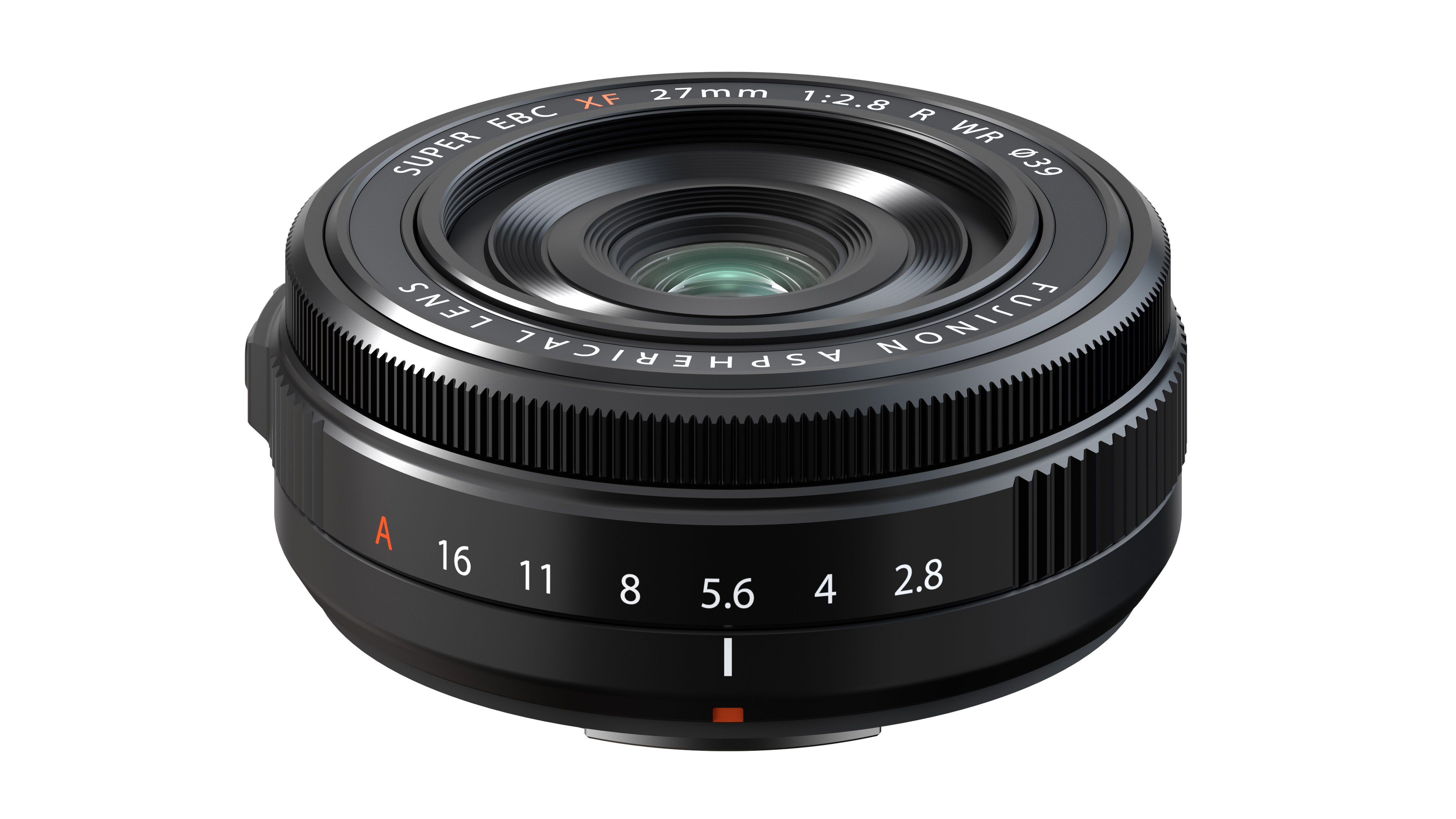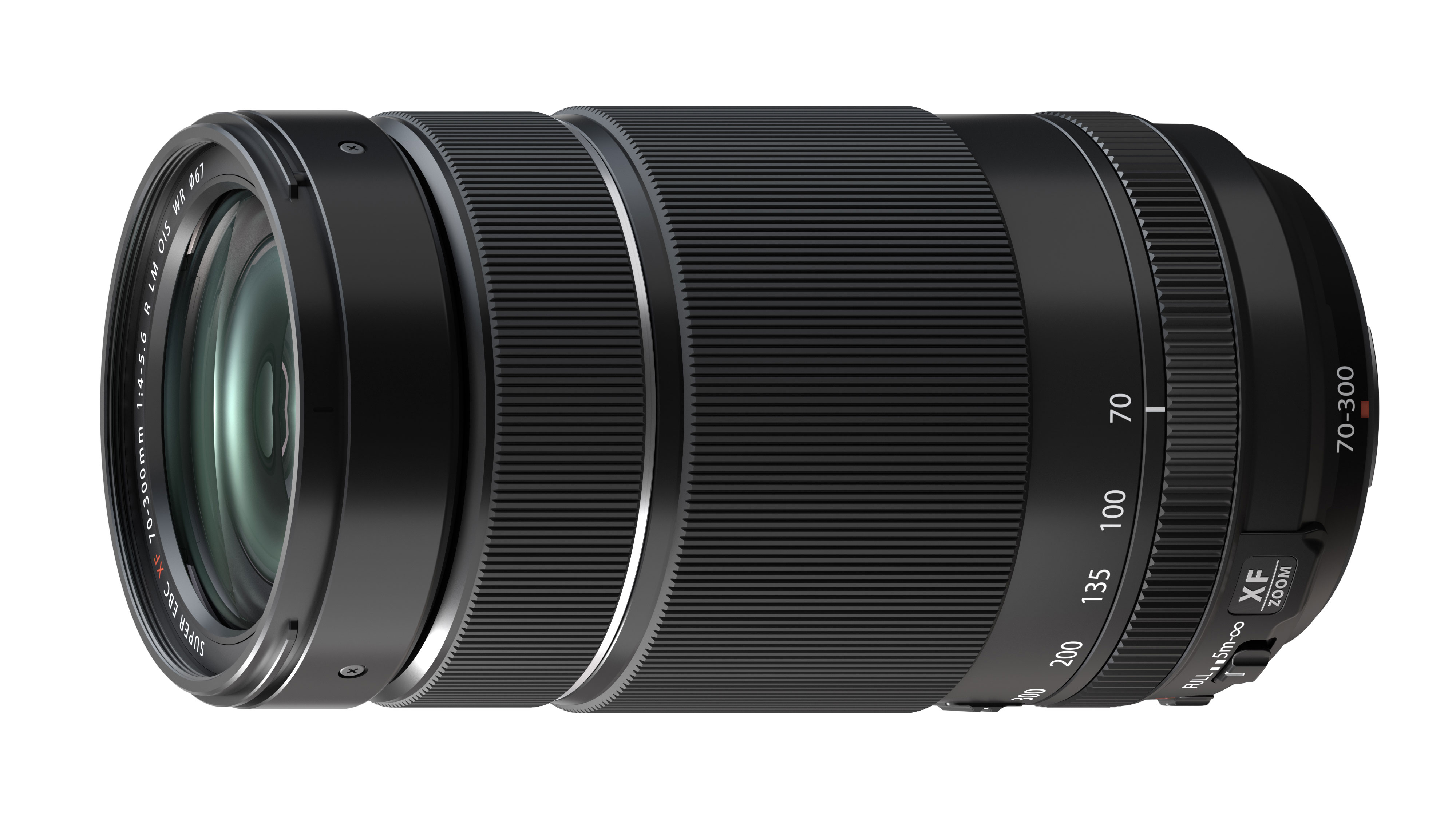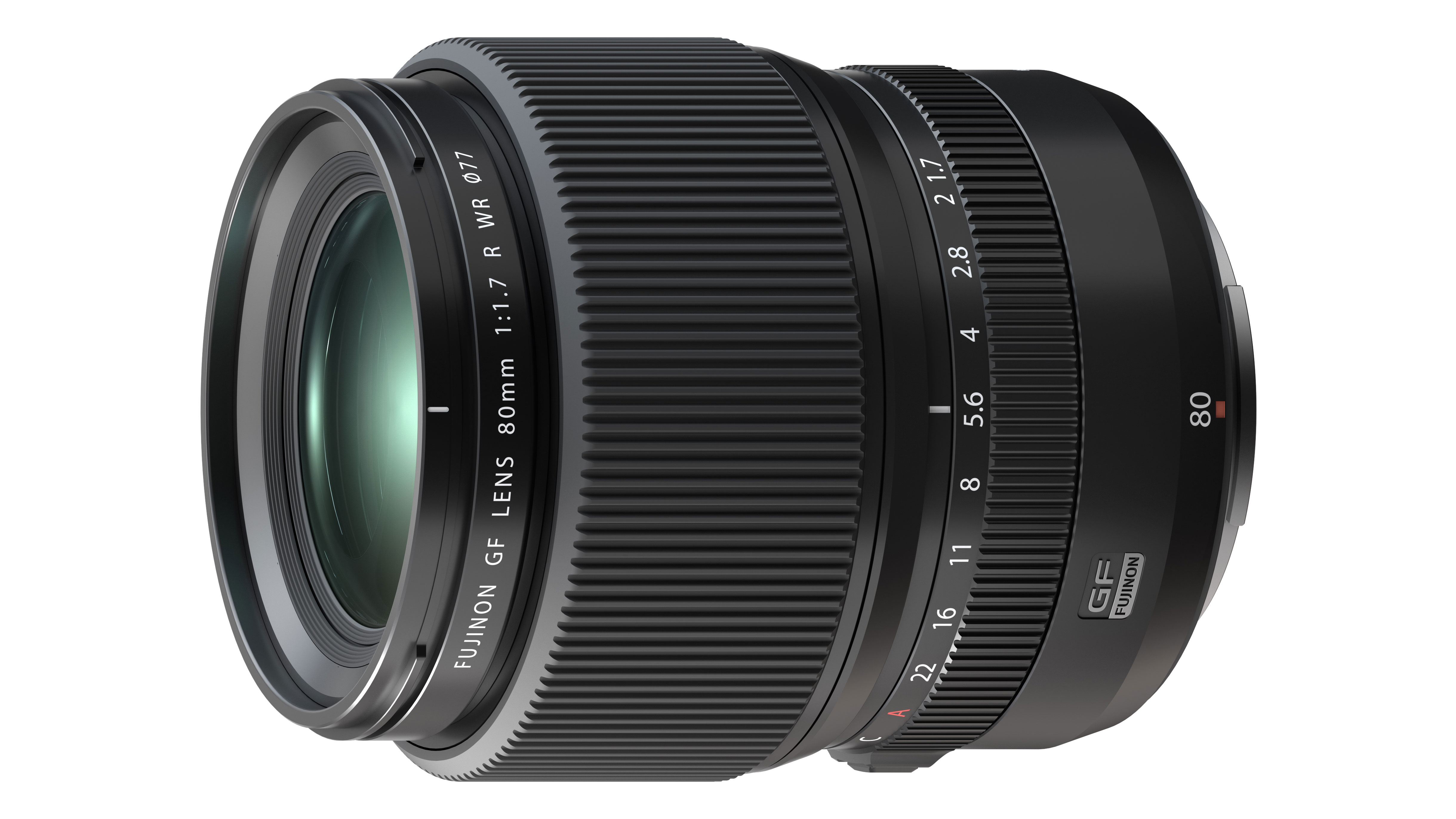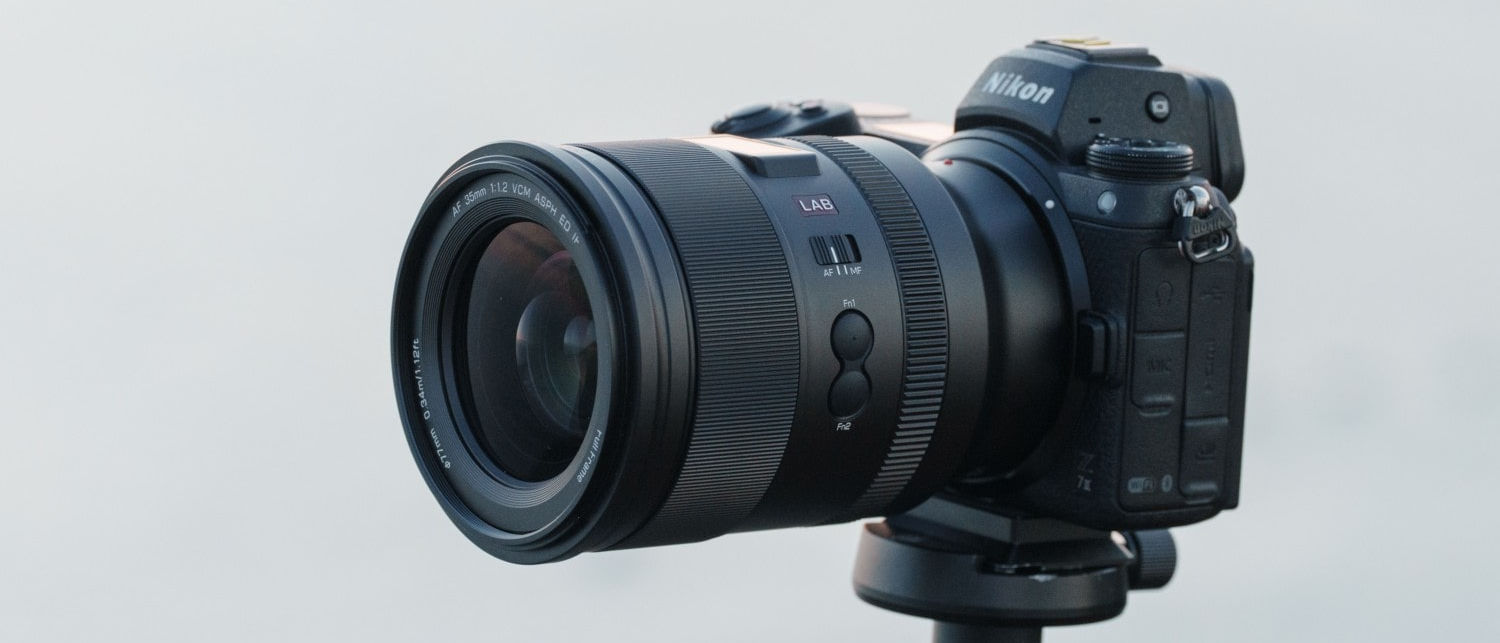Fujifilm releases TWO new X-mount lenses, and the impressive GF80mmF1.7 R WR
The Fujifilm X-E4 and the GFX 100s were not the only news today. Fujifilm also launched three important new lenses
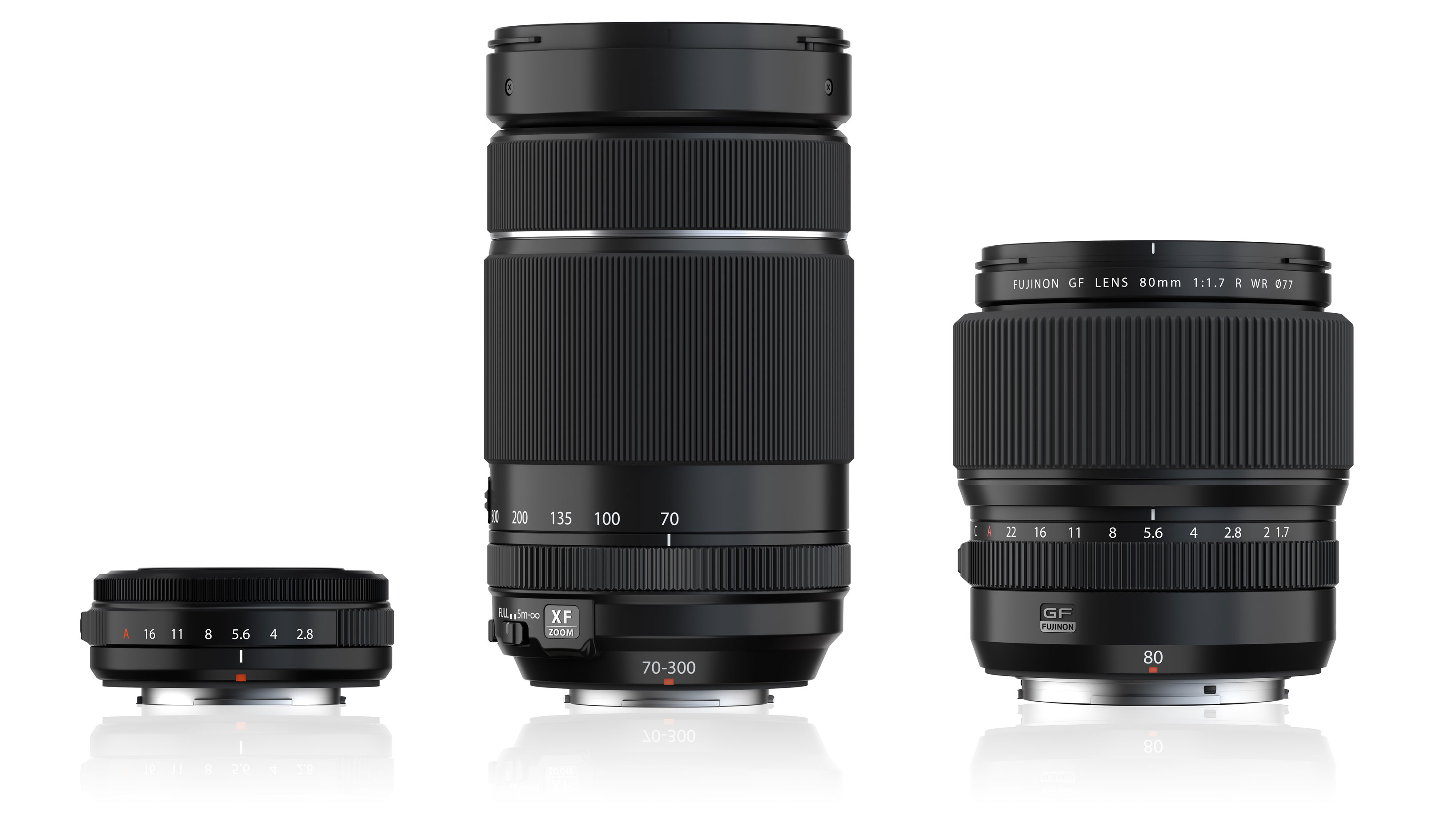
Fujifilm's three new lenses are the Fujinon XF27mmF2.8 R WR, Fujinon XF70-300mmF4-5.6 R LM OIS WR and Fujinon GF80mmF1.7 R WR, and all three are exciting for their own reasons.
The new Fujifilm X-E4 isn’t just exciting for its own sake, but because it comes with a new pancake prime kit lens. The Fujinon XF27mmF2.8 R WR is a heavily revised version of the original XF27mm, a super-slim lens that has long been overlooked but is actually rather good.
Fujifilm has also announced the Fujinon XF70-300mmF4-5.6 R LM OIS WR, a long telephoto zoom that fills a gap in the Fujifilm lens range between the useful but quite short Fujinon XF55-200mmF3.5-4.8 R LM OIS and the much larger Fujinon XF100-400mmF4.5-5.6 R LM OIS WR.
Fujifilm GFX users get some good news too. The Fujinon GF80mmF1.7 R WR, the fastest medium format Fujinon lens yet, now has a launch date and a price.
More Fujifilm announcements:
• Fujifilm X-E4
• Fujifilm GFX 100s
Fujinon XF27mmF2.8 R WR
Weirdly, it’s Fujifilm’s smallest lens that’s got us most excited. The Fujinon XF27mmF2.8 R WR is a reworked version of Fujifilm’s original XF27mm pancake lens, which addresses many of the old lens’s faults while retaining its excellent optical design.
The best camera deals, reviews, product advice, and unmissable photography news, direct to your inbox!
The key improvements are faster autofocus (the old lens was pretty slow and noisy), weatherproofing and a new aperture ring – we are especially impressed that Fujifilm managed to add an aperture ring to such a slim lens. It even has a lock on the ‘A’ position to prevent accidental changes.
• This lens will be sold with the X-E4 as a kit, adding around $200 / £150 / AU$400 to the price, which isn’t bad considering that if you buy it on its own it will cost around £419 / AU$699 (US pricing TBC). It goes on sale at the end of February at the same time as the X-E4.
• Pre-order the Fujinon XF27mmF2.8 R WR at Adorama
Fujinon XF27mmF2.8 R WR specifications:
Focal length: 27mm (approx 40mm equivalent)
Maximum aperture: f/2.8
Construction: 7 elements in 5 groups, inc. 1 aspherical
Weather resistant: Yes
Stabilisation: Camera only (6.5 stops with X-T4 IBIS)
Minimum focus distance: 0.39m
Filter size: 39mm
Weight: 84g
Fujinon XF70-300mmF4-5.6 R LM OIS WR
The new Fujinon XF70-300mmF4-5.6 R LM OIS WR is the fourth telephoto in the X-mount line-up, offering an effective focal range of 107-457mm in full frame camera terms. It’s also compatible with Fujifilm’s 1.4x and 2x teleconverters, though, so with the 2x converter attached it becomes a 140-600mm f8-11 – that’s a 900 super-telephoto in full frame terms.
Previously, X-mount users looking for a super-telephoto reach only had the XF100-400mm, but that costs twice as much as this new lens, so the Fujinon XF70-300mmF4-5.6 R LM OIS WR will be especially interesting to Fujifilm enthusiasts who can’t afford (or justify) the XF100-400mm.
Key features include an aperture ring (we love lenses with aperture rings), a weather resistant design, 5.5 stops of image stabilisation and the same 67mm filter thread as the XF16-80mm standard zoom – very handy for filter users. A linear motor provides fast autofocus, and a minimum focus distance of 0.83m provides an impressive 0.33x maximum magnification ratio – that’s around one-third life size.
• The Fujinon XF70-300mmF4-5.6 R LM OIS WR will be available from March 18 2021 at an expected retail price of £729 / AU$1,499 (US pricing TBC).
• Pre-order the Fujinon XF70-300mmF4-5.6 R LM OIS WR at Adorama
Fujinon XF70-300mmF4-5.6 R LM OIS WR specifications:
Focal length: 70-300mm (107-457mm equivalent)
Maximum aperture: f/4-5.6
Construction: 17 elements in 12 groups
Weather resistant: Yes
Stabilisation: 5.5 stops (plus camera IBIS)
Minimum focus distance: 0.83m
Filter size: 67mm
Weight: 580g
Fujinon GF80mmF1.7 R WR
The Fujinon GF80mmF1.7 R WR has been on Fujifilm’s lens roadmap for a little while, but now its specifications and its release date are official.
An 80mm f/1.7 would be nothing special for a full frame camera, but in the world of medium format, where lenses are a lot bigger and slower, it’s actually quite remarkable. In fact it’s the fastest lens yet in the GF line-up, and beaten only by the third-party Irix 45mm f/1.4 (but that’s a manual focus lens).
Fujifilm sees the Fujinon GF80mmF1.7 R WR as a companion portrait lens to the GF110mmF2, itself a very fast lens for medium format. Given the Fujifilm GFX sensor’s ‘reverse’ 0.8x crop factor, though, the 80mm f/1.7 is actually equivalent to a 64mm lens in full frame camera terms, so it’s relatively wide for a portrait lens.
Key features include nine rounded diaphragm blades, a high-precision glass-molded aspherical element with a tolerance of 1/100,000th of a millimeter, five times finer than regular aspherical lenses, weather seals and a powerful DC motor to drive the six-element focus group. Given all this, the Fujinon GF80mmF1.7 R WR is surprisingly light at 795g and has a relatively modest and practical 77mm filter thread.
• The Fujinon GF80mmF1.7 R WR goes on sale from March 4 2021 at a price of $2,499 / £2,099 (AU pricing and availability TBC).
• Pre-order the Fujinon GF80mmF1.7 R WR at Adorama
Fujinon GF80mmF1.7 R WR specifications:
Focal length: 80mm (64mm equivalent)
Maximum aperture: f/1.7
Construction: 12 elements in 9 groups, inc. 1 aspherical, 2 super ED
Weather resistant: Yes
Stabilisation: Only with camera IBIS
Minimum focus distance: TBC
Filter size: 77mm
Weight: 795g
Read more:
• Best Fujifilm camera
• Best Fujifilm lenses
• Fujifilm GF lens roadmap
• Best professional cameras
• Best mirrorless camera
• Best enthusiast cameras

Rod is an independent photography journalist and editor, and a long-standing Digital Camera World contributor, having previously worked as DCW's Group Reviews editor. Before that he has been technique editor on N-Photo, Head of Testing for the photography division and Camera Channel editor on TechRadar, as well as contributing to many other publications. He has been writing about photography technique, photo editing and digital cameras since they first appeared, and before that began his career writing about film photography. He has used and reviewed practically every interchangeable lens camera launched in the past 20 years, from entry-level DSLRs to medium format cameras, together with lenses, tripods, gimbals, light meters, camera bags and more. Rod has his own camera gear blog at fotovolo.com but also writes about photo-editing applications and techniques at lifeafterphotoshop.com
